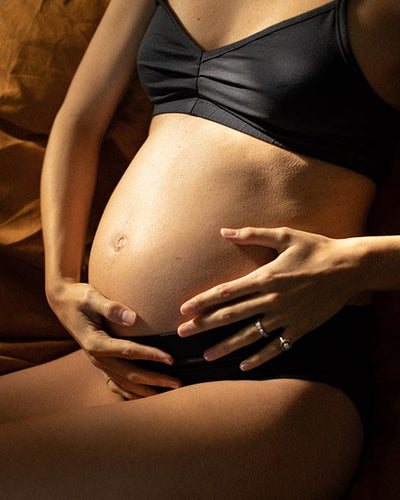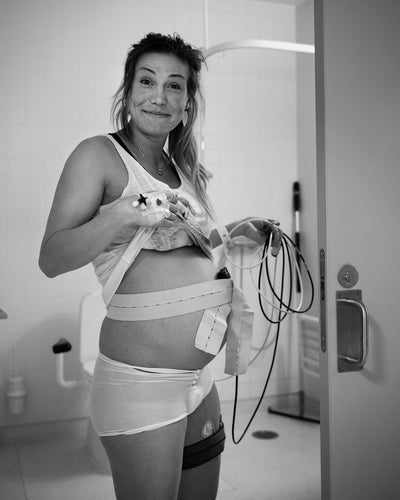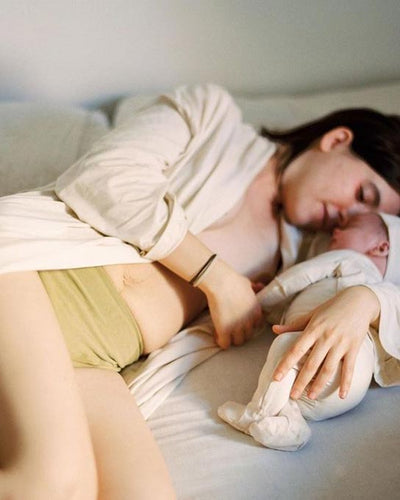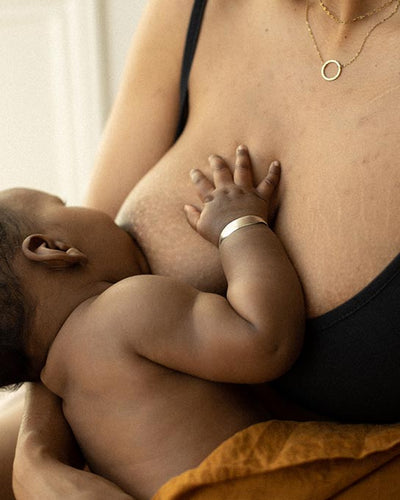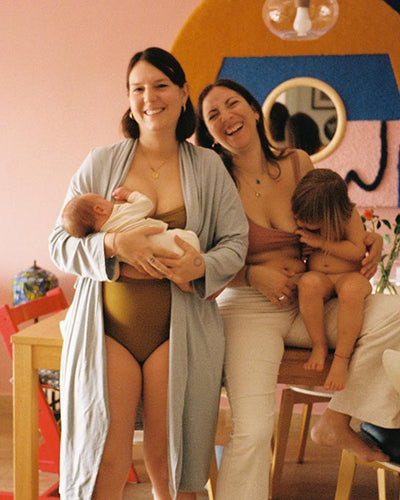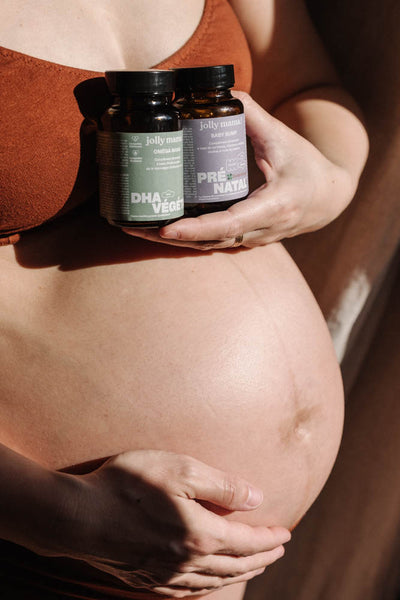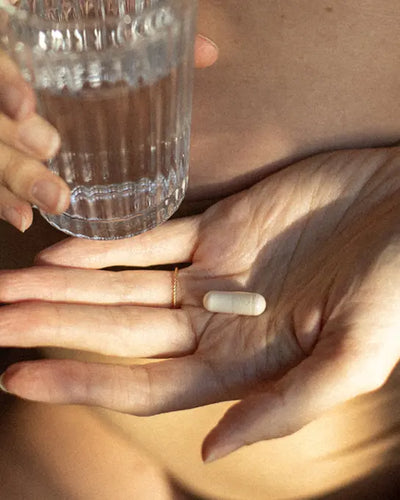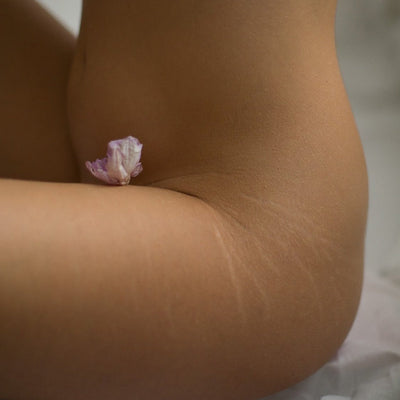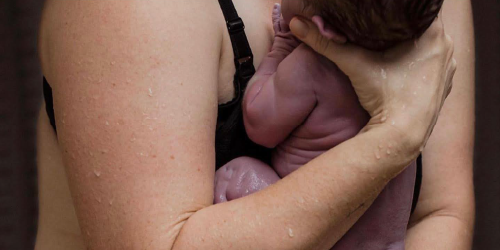Die Steißlage ist eine mögliche Komplikation der Geburt, bei der sich das Baby mit dem Kopf nach oben in der Gebärmutter positioniert. Dies betrifft etwa 3-4% aller Schwangerschaften (1) und wird erst ab der 36. Woche in Betracht gezogen, da es in diesem Stadium für das Baby schwieriger wird, sich umzudrehen und sich richtig zu positionieren. Mehrere Faktoren wie eine Mehrlingsschwangerschaft, ein kontrahiertes Becken, eine Placenta praevia, eine Anomalie der Gebärmutter oder eine zu kurze Nabelschnur können das Risiko für diese Präsentation erhöhen (2).
Die Steißlage kann die Geburtspläne der Mutter durcheinander bringen. Dennoch sind sowohl ein geplanter Kaiserschnitt als auch eine Vaginalgeburt zwei Optionen, die bei einer Steißlage in Betracht gezogen werden und möglich sind. Sie müssen lediglich bestimmte Kriterien erfüllen, um eine gute Praxis zu gewährleisten. Ebenso bedeutet eine Steißlage nicht zwangsläufig, dass die Wehen eingeleitet werden müssen.
Laut der französischen Gesundheitsbehörde Haute Autorité de Santé ist die Steißlage an sich keine Indikation für einen geplanten Kaiserschnitt (3). In Frankreich wird bei einem Drittel der Frauen mit einem Fötus in Steißlage am Termin ein vaginaler Entbindungsversuch mit einer Erfolgsquote von 70% durchgeführt (4). Es ist üblich, der Mutter eine Version mit externen Manövern anzubieten, um dem Baby zu helfen, sich zu drehen (indem man die Hände auf den Bauch der Mutter legt, das Gesäß des Fötus anhebt und auf seinen Kopf drückt, um ihn zu mobilisieren), mit unterschiedlichen Erfolgsraten, aber in 35 bis 86% der Fälle kann dadurch ein Kaiserschnitt vermieden werden (5).
Natürliche Methoden wie die Geburt im Vierfüßlerstand oder Akupunktur können in Betracht gezogen werden. Während der Vierfüßlerstand die geburtshilflichen Manöver, das fetale Trauma und die Dauer der Wehen (45 min weniger) reduziert, können Moxibustion (traditionelle chinesische Akupunkturmethode) (12) und Akupunktur (13) die Kopfversion der Steißlage begünstigen, bei der das Baby mit dem Kopf nach unten und dem Gesäß nach oben umpositioniert wird.
Traumatische Verletzungen des Babys bei einer Steißgeburt sind selten (< 1%). Es besteht ein geringes Risiko eines Nabelschnurvorfalls, das bei einer Steißlage um 1,3% erhöht ist (8). Dieses Risiko bleibt jedoch gering.
Um mehr über die Steißgeburt zu erfahren, können Sie immer lesen unseren Artikel zum Thema!

